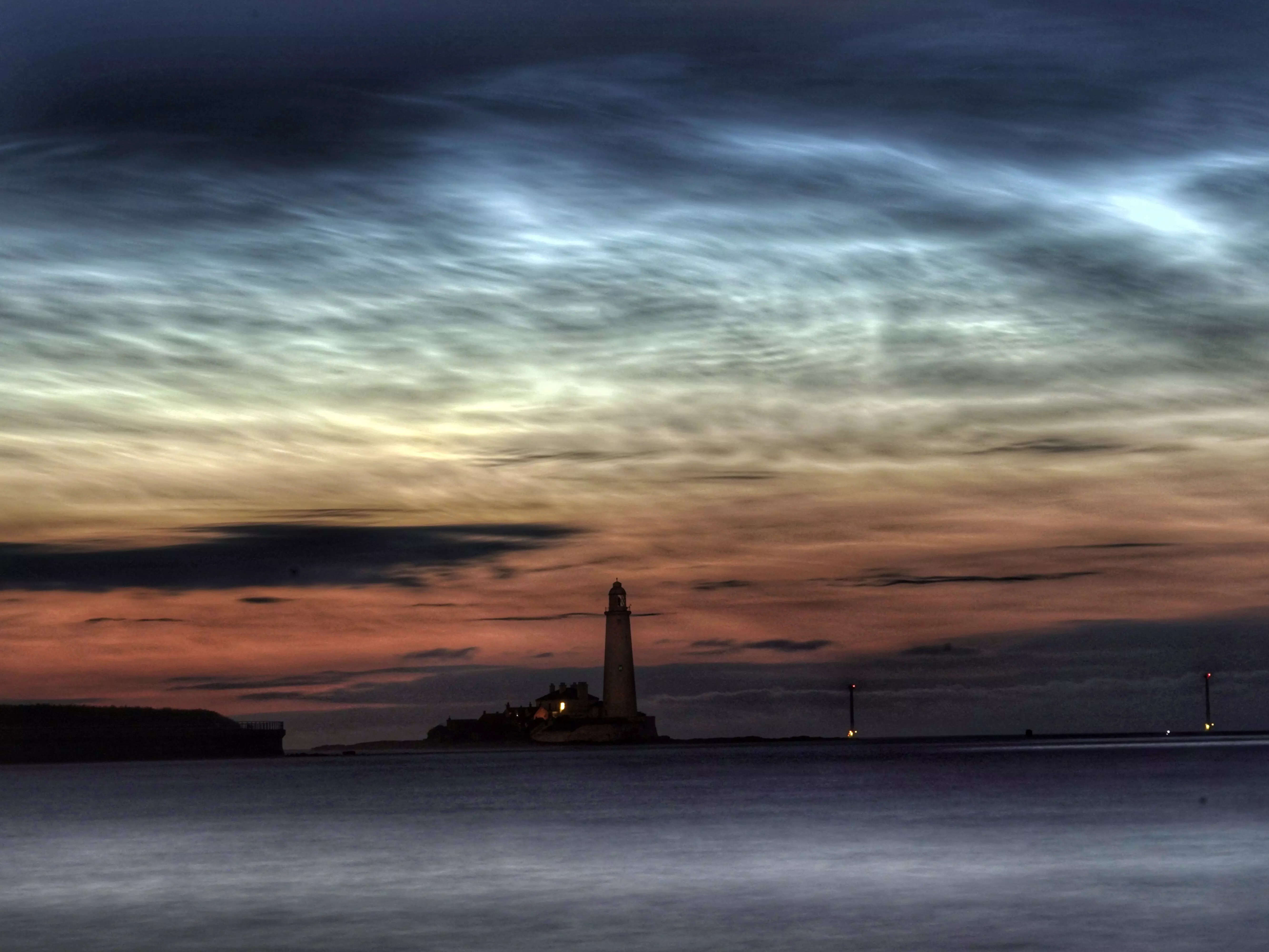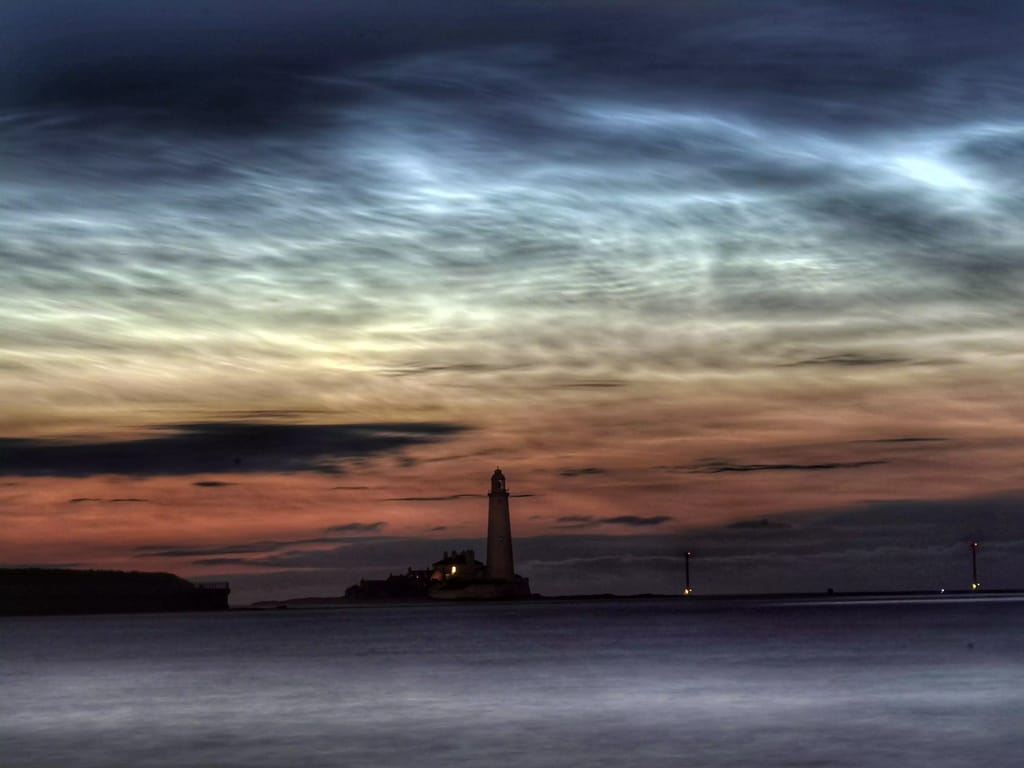
Over the next several months, look up an hour or two after sunset and before sunrise to see ethereal blue, silver, or golden streaks in the Northern Hemisphere’s northern skies. According to a 2018 study of the phenomena, these strange-looking patterns in the sky, known as noctilucent clouds (meaning “night-shining” clouds in Latin)) or NLCs, are the highest, driest, coldest, and rarest clouds on Earth.
These shimmering, night-shining clouds can be seen in the mesosphere, a layer of Earth’s atmosphere located 47 to 53 miles (76 to 85 kilometers) above the Earth’s surface. NLCs, often known as “space clouds,” originate just beyond the invisible barrier between Earth’s atmosphere and outer space, around 62 miles (100 kilometers) above the planet’s surface, according to NASA.
Noctilucent clouds (NLCs) offer stunning summer sky sightings
NLCs form when water vapor freezes into ice crystals that adhere to dust and particles left in the atmosphere by falling meteors, reflecting sunlight. According to Windy, the best time to observe NLCs from the Northern Hemisphere is around the summer solstice in late June to the end of July, when they are most clearly visible from roughly 50 to 70 degrees north latitude. According to Spaceweather.com, some NLCs have already been detected this month in colder, northern regions such as Denmark.
Last summer, the Washington Post reported that NLC sightings reached a 15-year high. Sightings have increased in recent years particularly at lower latitudes, presumably because of climate change producing more water vapor in the atmosphere as a result of rising atmospheric methane, according to NOAA.
You’ll need a decent view low to the northern horizon when the stars begin to appear in late twilight to have the best chance of seeing several NLCs in the evening. According to Sky & Telescope, displays are most common in the lower 20 to 25 degrees of the northern sky. The easiest way to spot noctilucent clouds is with your naked eye, but with the best binoculars for stargazing, you’ll get a fantastic close-up of the structure of one of the summer’s most elusive and magnificent sky sights.
